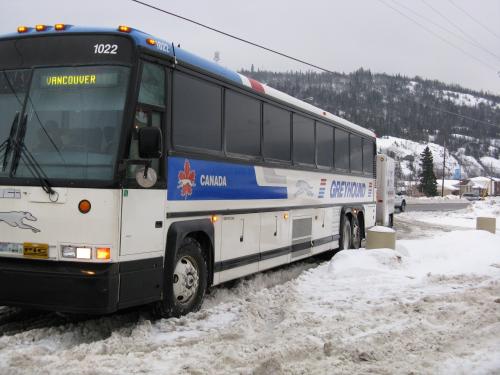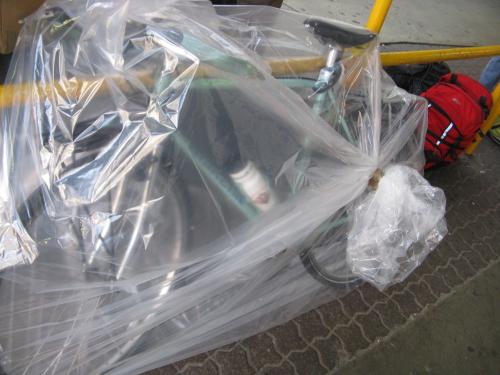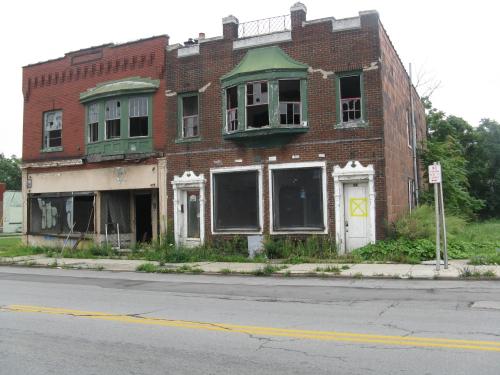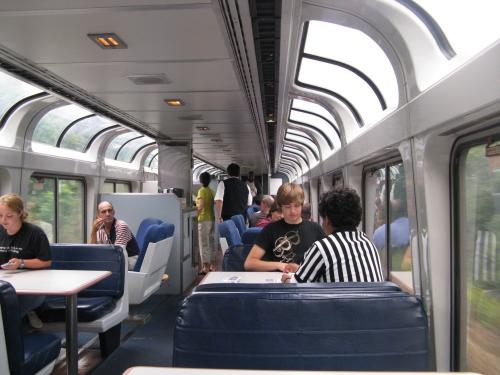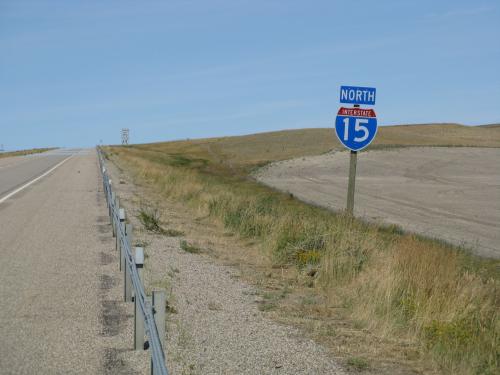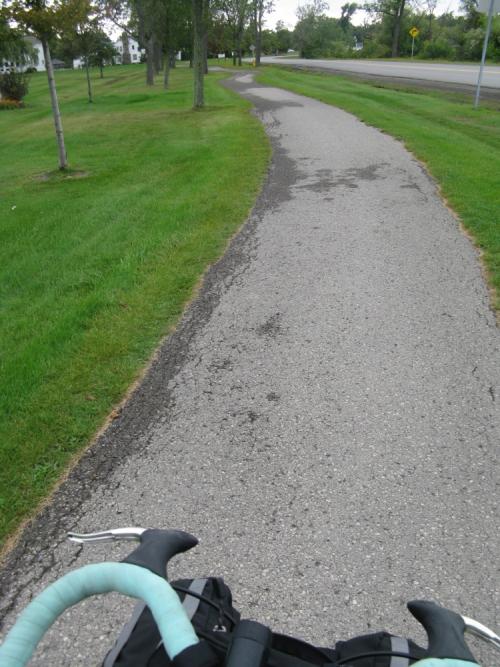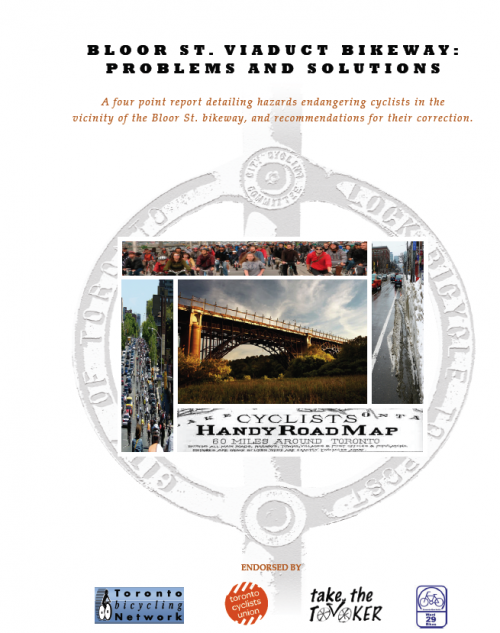
Lay down a sewer pipe and there are myriad standards dictating dimension, clearance and placement. Lay down a bike lane and sound design precepts are optional, more often recognized in the breach than in the application. How is it that conduits for sh_t are typically subjected to greater planning rigor than conduits for human beings on bicycles?
If you're apt to such musings whenever...oh...pedalling through an officially designated door zone painted up as a bike lane, you're not alone. A few of us were pondering just how that mystery related to the Bloor Viaduct bikeway, a pillar of Toronto's bike network and, conveniently, right in our backyard.
A generation has been conceived, miseducated, and is now tormenting parents with grating music and delinquency since the inception of the Viaduct bike lanes. Yet the bikeway remains stillborn, its hazards, all too familiar to regular cyclists, unresolved.
It can be better. It should be. Why not try to make it so? That was the motivation behind the The Bloor Viaduct Report. I'll skip the specifics, download the report (attached 2.4 MB PDF) and in about the same time it took to read this article you will be familiar with the details.
Read it, discuss it, forward it to friends, advocates and councillors. Hopefully it will inspire you to action, perhaps move you to address the faults of the bike lane network in your own neighbourhood -- that would be the ultimate justification of our efforts.
This past Tuesday (Dec. 2), a PDF of the Bloor Report was emailed to TCAC secretary Frank Baldassini (who forwarded it to TCAC members), along with a request that it be included on the committee's agenda. And with that the bureaucratic machinery creaks into motion.
Where will it lead? [Big sigh] Who knows? Formally presenting a clear detailed analysis of the issue and placing it up for discussion within the public realm will at the very least hold those responsible to account, denies them the refuge of ignorance. Whatever the outcome it'll reveal them and their policies for what they are.
To the official recipients I suspect the Bloor Viaduct Report is largely a waste a time. That is, it tells them what they already know. Does anyone really think the likes of Councillor Heaps (Chair) and TCAC, Dan Egan (Manager Of Pedestrian And Cycling Infrastructure) and Mayor Miller are unaware of how Copenhagen, Amsterdam, Portland, Bogota, etc., support cycling and implement first rate infrastructure?
This is what's so frustrating: they aren't stupid, they KNOW how it should be done. That they frequently do it poorly or not at all is not because they don't know any better -- they do -- the reasons have more to do with matters political than technical. Accordingly, the report's object is not to regurgitate common knowledge, it's to serve notice that we, as taxpayers and constituents, also know how it should be done; and, what's more, we want it done that way. Here. Now.
The Viaduct Report is politicking presented as analysis. It reaffirms that to two wheeled voters the quality of the enterprise is equally as important as the current preoccupation at 100 Queen W.: its quantity. Hardly news but since the message doesn't seem to be getting through it bears repeating.
Which brings us to the subject, the Viaduct Bikeway itself. All the usual suspects arrayed against the prospect of an ideal installation are nowhere to be found: there are no local business nor residences fronting the stretch; no on-street parking to complicate; the bike lanes are well established and very well used, among the busiest in Toronto; and improvements are inexpensive. There are really no obstacles to the best lanes possible as defined by internationally recognized standards and practice.
So if there are no significant political, technical or economic blocks to their correction what's the excuse for the deficiencies having persisted for 15+ years? Good question. The answer to that is...ultimately about credibility. Yes, credibility. If the skilled, motivated brain trust within City Hall, those ostensibly committed to world class bicycle facilities, haven't yet accomplished the task in this instance -- approaching two decades after the fact! -- how much credibility should they merit?
Precisely my thought as well. Perhaps they can redeem themselves. It's their move.
As the report concludes:
There is nothing mysterious about designing, building, and maintaining good bike lanes; it has been done and continues to be done by forward thinking cities the world over. So if it's worth doing, it's worth doing right; we should stop accepting mediocrity and start subscribing to best practice. Toronto's cyclists–indeed, all its citizens!–deserve it.

